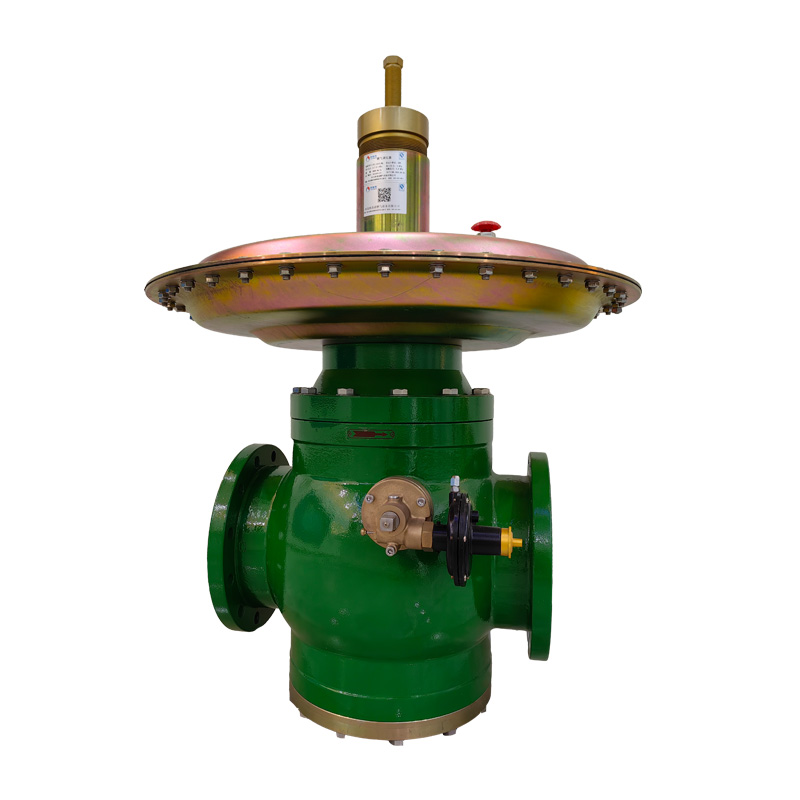
Dec . 12, 2024 09:54
Back to list
محطة تخفيض ضغط الغاز الطبيعي
Natural Gas Pressure Reduction Station An Overview
Natural gas is an essential energy source used in various applications, including heating, electricity generation, and fuel for vehicles. As it is transported through pipelines from extraction sites to consumers, it is often under high pressure. To ensure safety and system efficiency, the pressure must be reduced before the gas enters homes and businesses. This is where a Natural Gas Pressure Reduction Station (PRDS) plays a crucial role.
What is a Natural Gas Pressure Reduction Station?
A Pressure Reduction Station is a facility designed to decrease the pressure of natural gas flowing through pipelines to acceptable levels for distribution. These stations are strategically located along the gas network and are equipped with various components, including pressure regulators, relief valves, and measurement devices.
The Importance of Pressure Reduction
Natural gas travels thousands of miles through pipelines at very high pressures, sometimes exceeding 1000 psi (pounds per square inch). When this gas reaches its final destination for consumption, it must be at a lower pressure, typically between 4 to 60 psi, depending on the use. There are several reasons for this pressure reduction
1. Safety High-pressure gas can pose severe risks, including leaks and explosions. Reducing the pressure minimizes these hazards at delivery points. 2. Equipment Compatibility Most appliances and equipment are designed to operate within specific pressure ranges. Ensuring that gas is delivered at the right pressure prevents damage and malfunctions. 3. Efficient Distribution Pressure reduction allows for the regulated flow of gas, ensuring that it can be effectively distributed through the network to meet consumer demands.
Components of a Pressure Reduction Station
.
- Pressure Regulators These devices are crucial for controlling the outgoing pressure of gas. They automatically adjust the flow of gas to maintain a consistent pressure.
محطة تخفيض ضغط الغاز الطبيعي

- Relief Valves These valves act as safety mechanisms that open to release gas when the pressure exceeds a predetermined limit, protecting the system from excessive pressure buildup.
- Flow Meters To monitor the amount of gas being delivered, flow meters provide vital data for system management and billing.
- Filtration Systems To protect the downstream equipment, filtration systems remove impurities and particles from the gas before it is distributed.
Operational Procedures
The operation of a Natural Gas Pressure Reduction Station is closely monitored and involves routine maintenance to ensure safety and efficiency. Operators regularly inspect and test equipment, respond to any issues, and ensure that all safety protocols are followed.
Environmental Considerations
As the use of natural gas continues to grow, so does the importance of considering its environmental impact. PRDS can include advanced technologies that minimize emissions and environmental risks associated with gas distribution. Additionally, the efficiency of these stations contributes to reducing the carbon footprint of natural gas usage, making it a more sustainable energy option.
Conclusion
Natural Gas Pressure Reduction Stations are vital components of the natural gas distribution network. By ensuring the safe and efficient delivery of gas at appropriate pressures, these stations protect both infrastructure and consumers. As the energy landscape continues to evolve, the role of PRDS will remain central to the responsible management of natural gas resources, supporting the transition to cleaner energy solutions. Maintaining and improving these facilities is essential for ensuring a reliable energy supply while minimizing environmental impacts, ultimately contributing to a sustainable energy future.
Next:
Latest news
-
Safety Valve Spring-Loaded Design Overpressure ProtectionNewsJul.25,2025
-
Precision Voltage Regulator AC5 Accuracy Grade PerformanceNewsJul.25,2025
-
Natural Gas Pressure Regulating Skid Industrial Pipeline ApplicationsNewsJul.25,2025
-
Natural Gas Filter Stainless Steel Mesh Element DesignNewsJul.25,2025
-
Gas Pressure Regulator Valve Direct-Acting Spring-Loaded DesignNewsJul.25,2025
-
Decompression Equipment Multi-Stage Heat Exchange System DesignNewsJul.25,2025

